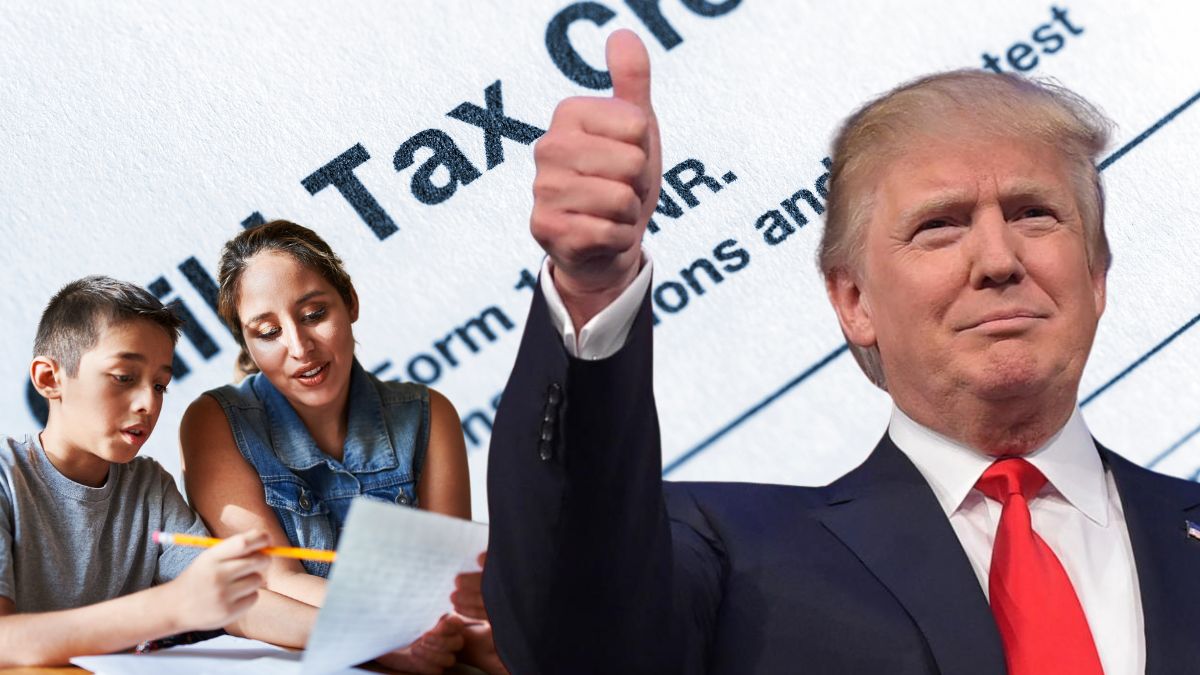The child tax credit is designed to ease the tax burden on families by offering a deduction for each dependent child under the age of 17. Established in 1997, it currently provides a benefit of $2,000 per child, with $1,600 of that amount being refundable. This means that even if you owe less than that in taxes, you can still receive up to $1,600 as a refund. The remaining $400 serves solely to reduce your tax liability.
In 2021, during President Joe Biden’s administration, the child tax credit underwent a significant temporary expansion as part of the American Rescue Plan. The credit was increased to $3,600 per child under the age of 6 and $3,000 for children aged 6 to 17. It was also made fully refundable, allowing families to claim the entire amount even if they had little to no tax liability. Additionally, the payments were distributed monthly, providing immediate financial relief to families.
What happened to the child tax credit after 2021
Research conducted by institutions like the Center on Poverty and Social Policy at Columbia University highlighted the substantial impact of the expanded child tax credit. The temporary changes reduced monthly child poverty by nearly 30%, benefiting approximately 61 million children across the country. Despite its success in reducing poverty, this expansion was always intended to be temporary and expired at the end of 2021.
Since 2022, the credit reverted to its pre-American Rescue Plan levels: $2,000 per child, with a portion of the credit remaining non-refundable. Furthermore, unless Congress takes action, the child tax credit is set to decrease further to $1,000 per child starting in 2025.
Efforts to extend or expand the enhanced credit have faced significant challenges. One notable example occurred on August 1, 2023, when the Senate voted on a proposal to increase the credit. The measure failed to secure enough votes, with the majority of Republican senators opposing it. This highlighted the partisan divide surrounding the credit’s future and the broader debate over federal tax policy.
What Republicans propose for the child tax credit
While some Republican leaders have expressed interest in expanding the child tax credit, concrete proposals have been relatively scarce. During his presidency, Donald Trump increased the credit from $1,000 to $2,000 as part of the Tax Cuts and Jobs Act of 2017. However, this increase is set to expire in 2025 unless further legislative action is taken.
In his 2024 campaign, Trump has not outlined specific plans regarding the child tax credit.
His campaign website broadly mentions tax cuts but does not address this particular issue in detail. Nonetheless, members of his team have suggested that he would be open to supporting a significant expansion of the credit if re-elected.
Trump’s running mate, J.D. Vance, has taken a more vocal stance on the issue. In interviews, Vance has advocated for increasing the credit to as much as $5,000 per child. However, he has acknowledged that any such change would require bipartisan support in Congress, a hurdle that has proven difficult to overcome in the past.
Differences between proposals from Trump and the Democrats
While Republicans’ proposals for the child tax credit remain relatively vague, Democrats have made it a central element of their economic agenda. Kamala Harris, who is campaigning for the presidency in 2024, has emphasized the importance of expanding the credit to support families with young children and increase refundability for low-income households. Her plan focuses on making the credit more accessible to those who benefit most from direct financial assistance.
Critics of Trump’s approach to the child tax credit argue that his policies primarily benefit middle– and upper-income families who have enough taxable income to claim the credit. In contrast, many of the nation’s poorest households, which do not earn enough to file tax returns, are often excluded from receiving full benefits. Democrats have pointed to this disparity as evidence of the need for a more inclusive approach that prioritizes struggling families.
What families can expect in the coming years
The future of the child tax credit largely hinges on the outcomes of the 2024 elections and the policy priorities of the next Congress and administration. For now, the current credit of $2,000 per child will remain in place. However, without legislative action, the credit will drop to $1,000 in 2025, which could have significant financial repercussions for families, particularly those with lower incomes.
For families who benefited from the 2021 expansion, a reduction in the credit would represent a notable financial setback. The increased credit not only alleviated financial stress but also demonstrated measurable benefits in reducing poverty and improving economic security. Policymakers will need to weigh these outcomes against fiscal constraints and competing legislative priorities as they debate the credit’s future.
Any major changes to the child tax credit will require negotiations between Congress and the administration, as the executive branch alone cannot make these adjustments. As discussions unfold, families are likely to face continued uncertainty about how much financial support they can count on in the years ahead.
